详细说明
Kit Summary
For the differentiation of Th1 cells from a preparation of CD4+ T cells isolated from mouse splenocytes.
Key Benefits
Provides optimized reagents needed to induce Th1 differentiation
Yields ~80 x 107 CD4+ T cells, of which 70-90% are IFN-γ+ Th1 polarized
Contains high quality bioactive proteins
Includes straightforward procedures
Does not require specialized instrumentation
Why Expand and Differentiate Mouse Th1 and Th2 Cells Ex Vivo?
T helper type 1 (Th1) cells are a lineage of CD4+ effector T cells that promote cell-mediated immune responses against intracellular viral and bacterial pathogens. Enhanced Th1 responses are associated with autoimmune diseases including rheumatoid arthritis, multiple sclerosis, inflammatory bowel disease, and type-1 diabetes. Differentiation of CD4+ effector T cells into the Th1 lineage is promoted by cytokines such as IL-12 and IFN-gamma. Th1 cells secrete IFN-gamma, IL-10, and TNF-alpha. The CellXVivo™ Mouse Th1 Cell Differentiation Kit contains optimized reagents for Th1 differentiation from naïve CD4+ cells.
Kit Contents
This kit contains the following reagents for the ex vivo differentiation of mouse Th1 cells.
Hamster Anti-Mouse CD3, Th1
Mouse Th1 Reagent 1
Mouse Th1 Reagent 2
Mouse Th1 Reagent 3
Mouse Th1 Reagent 4
Reconstitution Buffer 1
Reconstitution Buffer 2
20X Wash Buffer
The quantity of components in this kit is sufficient to differentiate approximately 8 x 106 naïve CD4+ T cells, and generate 8 x 107 CD4+ cells of which 70-90% are IFN-gamma+ Th1 polarized cells.
Note: Results may vary due to strain, age, and/or the health of the mice used for isolation.
Stability and Storage
Store the unopened kit at ≤-20 °C. Do not use past the kit expiration date.
Limitations
FOR LABORATORY RESEARCH USE ONLY. NOT FOR USE IN DIAGNOSTIC PROCEDURES.
The safety and efficacy of this product in diagnostic or other clinical uses has not been established.
This reagent should not be used beyond the expiration date indicated on the label.
Results may vary due to variations among cells derived from different donors.
Data Examples
Intracellular Cytokine Staining of Differentiated Mouse Th1 Cells. Flow cytometry data of mouse naïve CD4+ T cells (A, C) and differentiated Th1 cells (B, D) generated using reagents included in this kit. After 6 days of differentiation, naïve CD4+ cells or differentiated Th1 cells were stimulated with Cell Activation Cocktail (Tocris®, Catalog # ) and stained with conjugated Anti-Mouse IFN-gamma (R&D Systems, Catalog # ), Anti-Mouse IL-4 (Clone 11B11), and Anti-Mouse IL-17A (Novus Biologicals, Catalog # ) Monoclonal Antibodies. Quadrants were set based on isotype-stained controls. |
Th1-differentiated Mouse CD4+ Cells Secrete High Levels of IFN-γ. Mouse naïve CD4+ T cells were differentiated for 6 days using the reagents included in this kit. On day 6 of differentiation cells were harvested and re-stimulated with Anti-Mouse CD3 and Anti-Mouse CD28 overnight. The cell culture supernatant was collected and cytokine secretion was determined using the Mouse IFN-gamma Quantikine® ELISA Kit (Catalog # ), the Mouse IL-4 Quantikine® ELISA Kit (Catalog # ), and the Mouse IL-17 Quantikine® ELISA Kit (Catalog # ). |
Upregulation of T-bet, TNF-alpha, and IL-18R alpha in Th1-polarized Mouse CD4 Cells. Mouse CD4 cells were isolated and differentiated into Th1 cells using the CellXVivo™ Mouse Th1 Cell Differentiation Kit. Differentiated mouse Th1 cells (A, B, C) and naïve mouse CD4 cells (D, E, F) were analyzed by flow cytometry for (A, D) T-bet expression using Human T-bet/TBX21 Alexa Fluor® 488-conjugated Antibody (Catalog # ), (B, E) TNF-alpha expression using Mouse TNF-alpha PE-conjugated Antibody (Catalog # ), and (C, F) IL-18R alpha expression using Mouse IL-18 R alpha /IL-1 R5 APC-conjugated Antibody (Catalog # ). Cells were also gated on CD4 expression using the Mouse CD4 Alexa Fluor® 700-conjugated Antibody (Catalog # ). Differentiated mouse Th1 cells were stimulated with Cell Activation Cocktail (Tocris®, Catalog # ) for 4 hours prior to antibody staining. Quadrants were determined by naïve CD4 T cells expression levels. |
Preparation and Storage
Stability & Storage
Store the unopened product at -20 to -70 °C. Use a manual defrost freezer and avoid repeated freeze-thaw cycles. Do not use past expiration date.







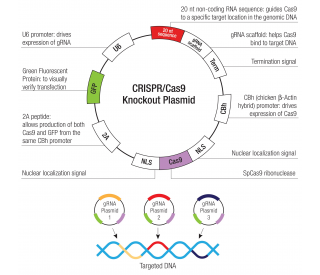
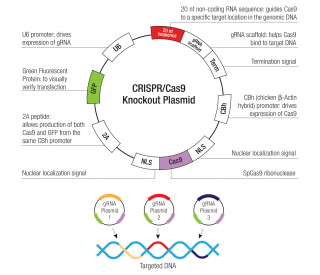
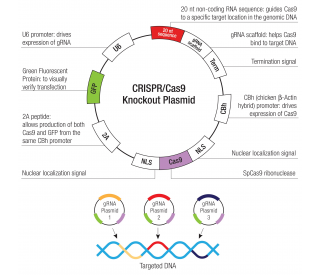
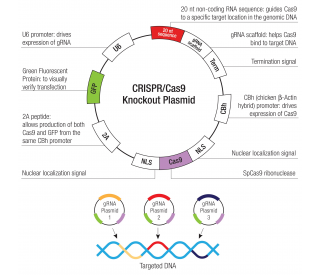
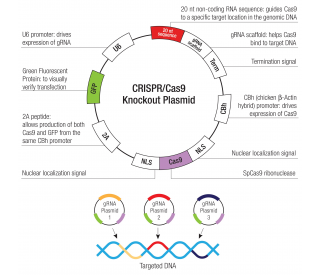
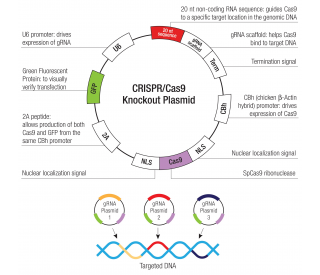




 粤公网安备44196802000105号
粤公网安备44196802000105号